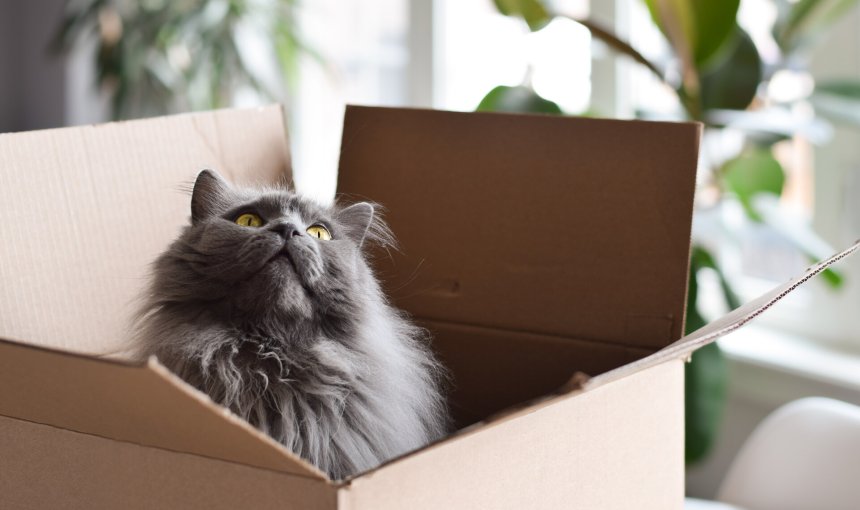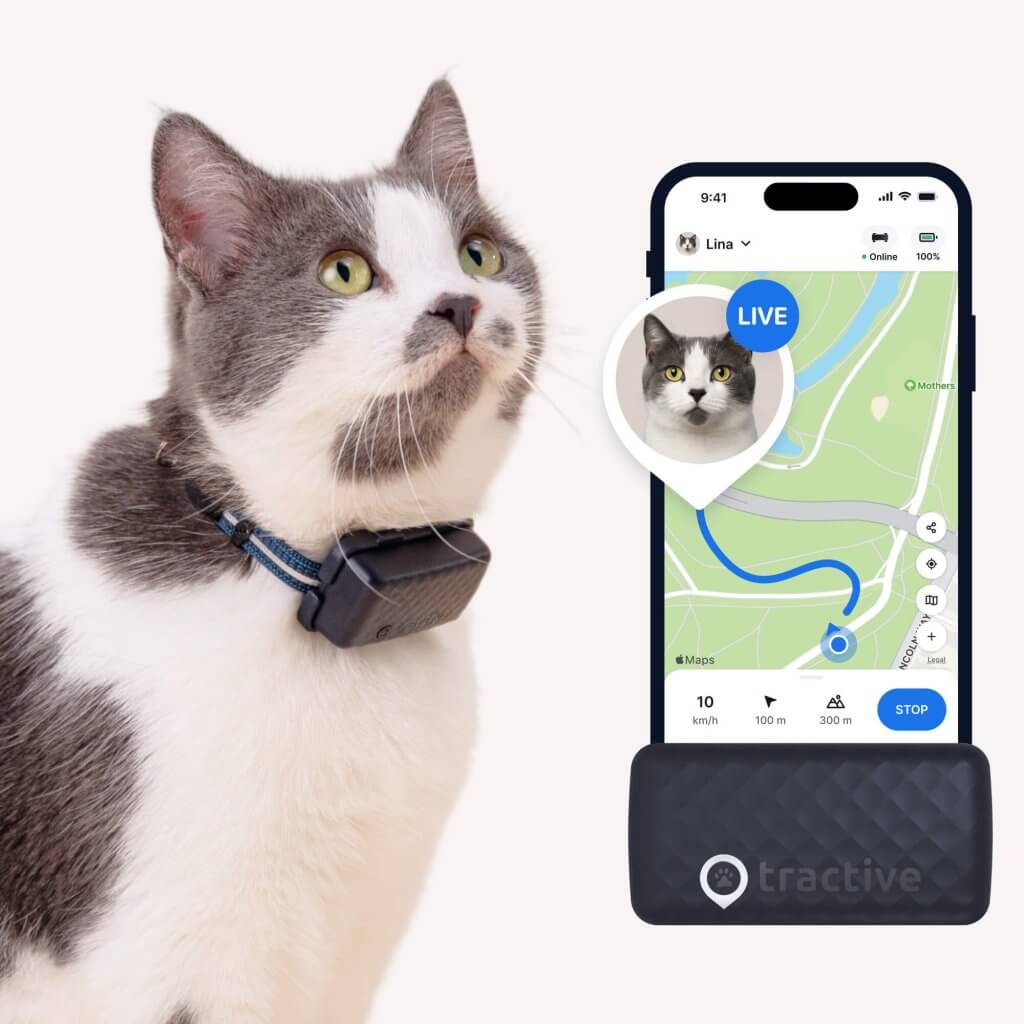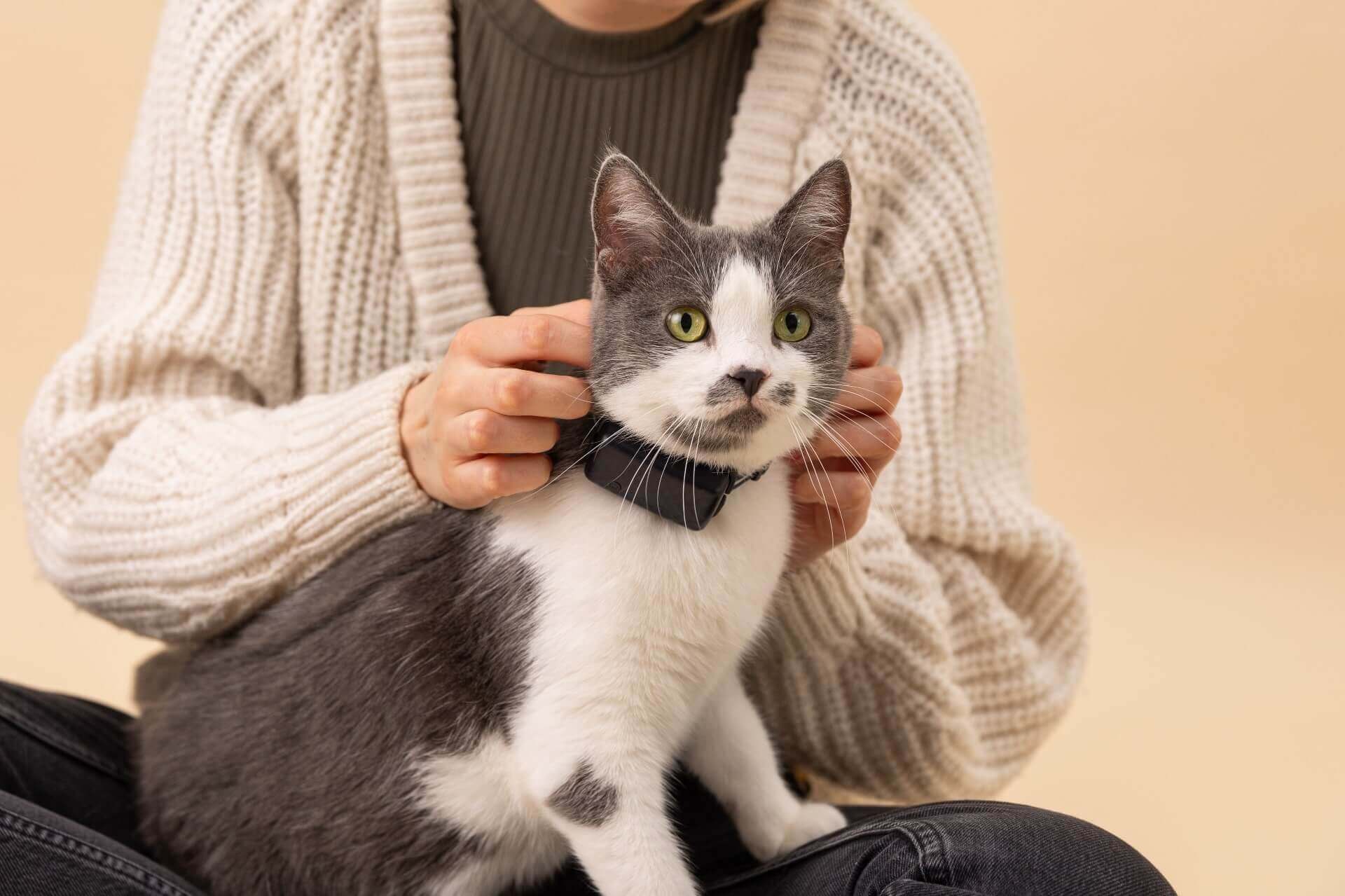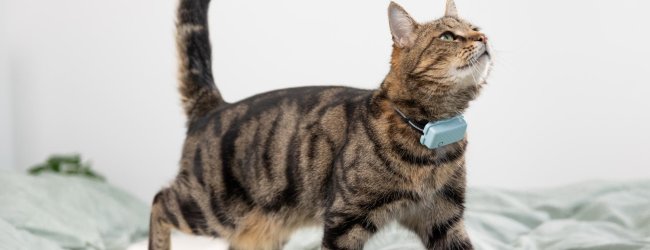Why Do Cats Like Boxes? The Purr-Fect Mystery, Explained
Turns out, this behaviour isn't just a quirk - but rather deeply-rooted in their hunting & hiding instincts.

Whether it’s a shoe box, shipping box, or even an open drawer – you wouldn’t be the first to wonder, why do cats like boxes? Or rather, why do cats end up gravitating towards enclosed spaces that seem to fit them snug as a bug in a rug? Here are some of the reasons why cats like boxes – and how you can keep them safe if they end up exploring spaces that are a bit too…well, comfy for comfort.
Key Takeaways
Since cats are both predators and prey in the wild, a box gives them a safe spot to hide where they can watch what’s going on around them without being seen, which helps them feel less stressed.
Even though your cat loves a cozy box in your house, their hunting and hiding instincts can make them want to explore outside, sometimes leading them to get lost or stuck in risky spots like a car engine for warmth.
If your cat ever hides somewhere or gets stuck indoors, you can use your Tractive tracker’s Radar Mode or Light and Sound feature to find them quickly.

Always know your buddy is healthy & safe
Read moreWhy do cats like boxes? 4 key reasons underlying this instinct
A box – or more broadly, a snug space – offers your cat a secure hiding spot from where they can observe their surroundings without being seen. This sense of safety is crucial for their well-being – helping them both feel safe and less stressed. That’s where alternatives like cat perches and even cardboard cat boxes with soft cloth linings can come in handy. Your cat could be seeking:
- Warmth.
Cats often seek out warm, cozy spots – and a confined space helps them conserve body heat. The smaller the box, the more quickly your cat’s body warms up the space, creating a snug, comfy environment. If you’ve got an outdoor cat, a heated outdoor cat house can keep them warm and safe in the colder months. (While also allowing them the space to wander outdoors.) - Security.
At the heart of why cats like boxes is the sense of comfort and security it provides. One study even found that cats with a “hiding spot” are less stressed out. They’re also more open to interacting with humans than those without one.1
- Sleep.
Boxes offer space spots for cats to nap. They’re known super sleepers, often clocking in 18-20 hours a day of just naptime! - Hunting.
Cats are natural hunters and boxes help them conceal themselves from “prey.” A box allows them a vantage point from where they can stalk and pounce on unsuspecting prey. (Whether that’s a toy, bug, or even at your feet as you pass by.) This behavior mimics how wild cats hide and ambush their prey.
⚠️ An enclosed space around your house might end up being a risky hiding spot if your cat tends to wriggle their way just about everywhere. We’ll cover some safe alternatives to boxes a little further below.

Track your cat wherever they go
Get real-time location information, wherever they go. Find out when they go somewhere they shouldn’t, with Virtual Fences. And discover their favorite spots with Territory.
Why do cats like cardboard boxes?
Cardboard is firstly a pretty good insulator. It can help cats regulate their body temperature, keeping them warm in cooler rooms and providing a snug spot for a snooze. Besides, the rough, fibrous texture can also be appealing. It might feel good against their fur, or even offer a satisfying surface to scratch or chew on.
Finally, the scent of cardboard can also play a big role. A cardboard box might absorb interesting smells from its journey to your home, giving your cat something new to investigate. Or, more simply, it becomes infused with their scent, making it truly theirs. (I.e., a part of their “territory.”)
Can boxes actually relieve a cat’s stress?
Absolutely. Think of it like a human needing a quiet corner to decompress. For cats, a box provides that essential “alone time.” Studies have even shown that cats with access to boxes tend to be less stressed and adjust better to new situations.
When a cat feels overwhelmed, a box offers an immediate escape. It’s a personal sanctuary where they can hide, regroup, and recharge before facing the world again. So, the next time your cat dives into a box, they might just be practicing some feline self-care.
Why do cats like boxes that are too small?
This goes back to your cat’s instinct for enclosed spaces. Even an illusion of an enclosure can trigger that feeling of security. It gives them a boundary, a perceived wall, that makes them feel less exposed. So if it looks like a safe spot, they’ll often treat it like one.
What are some safe alternatives to boxes for cats?
If you don’t always want a random cardboard box sitting in the middle of your living room, here are some safe and fun options. The best spots are cozy, dark, and maybe even a little bit elevated. Like, for example:
- Cat caves or igloo beds.
These are soft, enclosed beds often shaped like a ball or a small dome with a single opening. They’re perfect because they trap heat and make your cat feel totally surrounded and protected. - Cat tunnels.
These are great for hiding and playing. Tunnels give your cat a long, crinkly space to run through, pounce from, or just curl up inside. Look for collapsible ones so you can easily move them around. - Cat trees with condos.
Most good cat trees include a little house or “condo” near the bottom or in the middle. These raised, enclosed boxes are ideal because they offer security plus height, which makes a cat feel like they can survey their territory safely.
Watch out: A “box” could end up being a risky hiding spot
While boxes are generally harmless and beneficial for your cat, sometimes their love for hiding can lead them into tricky situations. Your poor cat might end up, for example, in a wardrobe, a crevice, or even a box that’s about to be recycled. Not to mention other risky hiding spots like your garage or a cabinet where they might get stuck.
This is where pet trackers like Tractive can be a real lifesaver. (Especially for indoor cats who might find too good of a hiding spot.)

Strapped to your cat’s collar, you can now:
- Locate them indoors.
Tractive’s short-range Bluetooth-powered Radar Mode can help you narrow down your cat’s location when they’re nearby but out of sight. Helpful if your cat is in a tricky spot like behind furniture or inside a closet. - Find them no matter how dark (or bright) it is.
If your cat is really tucked away, you can activate an LED light or a high-pitched melody on their tracker. This can help you see or hear where they’ve gone, even in the darkest corners. - Pinpoint where your cat is hiding.
Using your smartphone camera, Augmented Reality (AR) mode overlays an arrow on your screen pointing directly to your cat’s location. It’s like having a magical compass leading you straight to your hidden furball.
All this in one device – built with love for cats and for your peace of mind as a cat parent.



